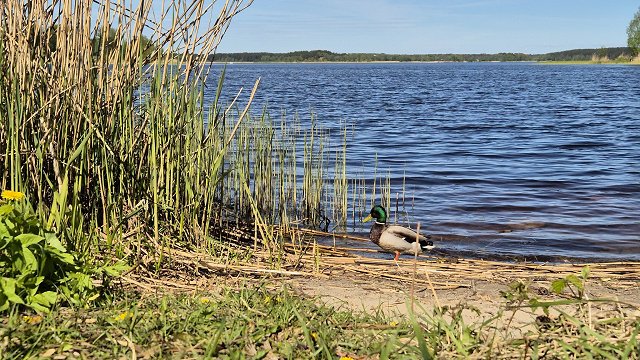On Thursday, March 18, a satellite transmitter was attached to the seal's back to track her future movements and fate in nature. The seal will be given a name by residents of Ventspils before it is released.
The Riga Zoo, in cooperation with the Ventspils Council and the Naval Force, has already released several grey seals in the sea. This seal, born on 26 January, will be the first to be equipped with a satellite transmitter, which will allow researchers to follow the course of her life for 10 months.
“Then let us see if the seal can survive. Studies and experience from other countries show interesting data on where and how seals travel across the Baltic Sea,” explained Lielkalns.
At present, the seven-week-old seal, weighing only 10-12 kg on birth, has reached a weight of approximately 60 kilograms before being released, and the accumulated substantial fat reserves allow it to survive without food for at least a month, long enough to learn to catch fish by instinct.
In nature, seal mothers stop feeding babies when they are approximately 3-4 weeks old and at least 40 kg heavy. Then, after the loss of white fluff, they start their own course at sea.





























